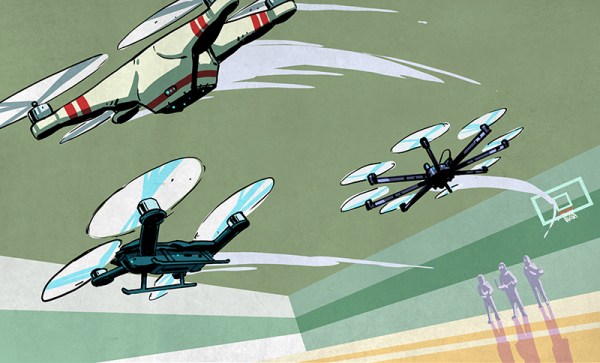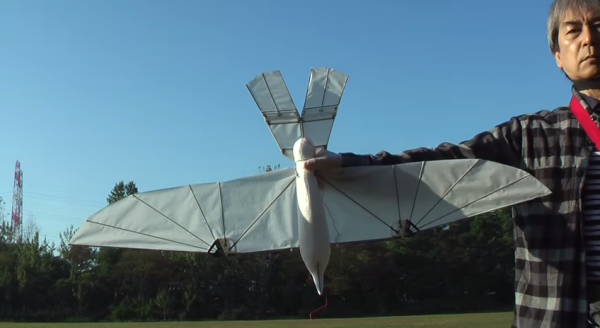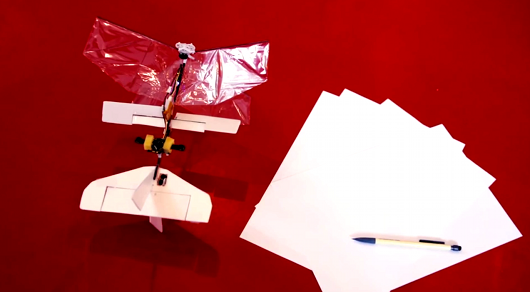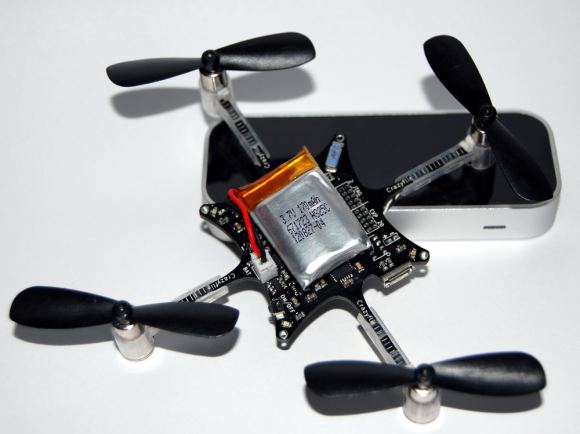Positive reinforcement is the process of getting someone to understand their actions result in a reward. Children get a sweet treat when they pick up all their toys and older ones might get some cash for mowing the lawn. From the perspective of the treat-giver, this is like turning treats into work. A Dutch startup wants to teach the crow population to pick up cigarette butts in exchange for bird treats.
The whole Corvidae family of birds is highly intelligent so it shouldn’t be a problem training them that they will get a reward for depositing something the Hominidae family regularly throw on the street where the birds live. This idea is in turn an evolution of the open-source Crow Box.
For some, leveraging the intelligence of animals is more appealing than programming drones which could do the same thing. A vision system mixed with a drone and a manipulator could fulfull the same function but animals are self-repairing and autonomous without our code. The irony of this project is that, although it’s probably fairly easy to train crows to recognize cigarette butts, the implementation hinges on having a vision system that can recognize the butts in order to properly train the crows in the first place.
If we had the time to train crows, it would definitely be to poop on cars that don’t signal for turns. Maybe some of these winged devices can be programmed to recognize lapses in traffic laws in exchange for some electrons.
Thank you, [jo_elektro], for the tip.


















